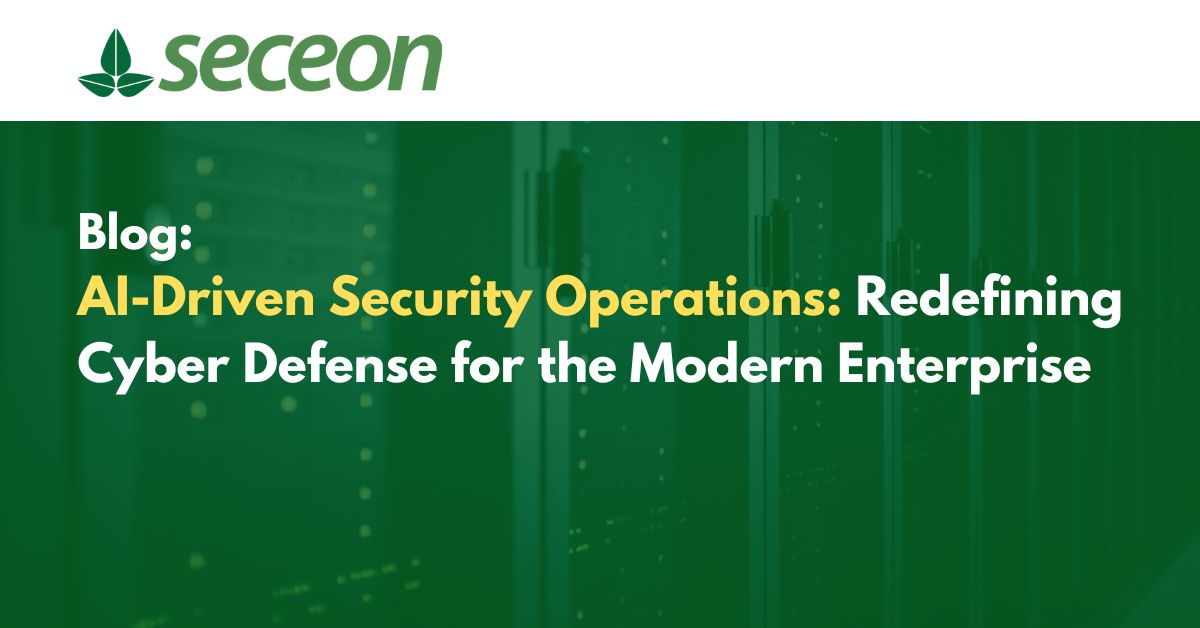
In today’s digital-first world, organizations are no longer confined to physical perimeters. Businesses operate across hybrid clouds, remote work environments, IoT-enabled ecosystems, and distributed supply chains. While this evolution has fueled growth, it has also created vast attack surfaces. Cybercriminals now exploit advanced tactics like ransomware, social engineering, supply chain compromises, and zero-day vulnerabilities at unprecedented speed.
Traditional security operations centers (SOCs), dependent on manual monitoring and static rule-based tools, struggle to match this pace. That’s why AI-driven security operations have emerged as a game-changer—empowering enterprises to automate detection, accelerate investigation, and orchestrate rapid responses to evolving cyber threats.
At the heart of this transformation lies the integration of AI/ML & DTM Power Cybersecurity—a blend of artificial intelligence, machine learning, and dynamic threat modeling that strengthens resilience while reducing human dependency.
AI-driven security operations represent the modernization of SOCs by leveraging artificial intelligence, machine learning, automation, and data-driven analytics to handle the growing complexity of cybersecurity. Unlike traditional systems that depend heavily on manual intervention, AI-driven SOCs can:
This evolution shifts cybersecurity from being reactive to proactive and predictive, enabling organizations to stay one step ahead of adversaries.
Many enterprises still rely on legacy SIEMs or siloed tools that demand extensive human monitoring. While effective in the past, these models present several limitations today:
This is where AI-driven security operations platforms come into play, offering real-time automation, contextual intelligence, and continuous adaptation to evolving threats.
AI algorithms continuously monitor logs, network traffic, and user behavior. Instead of static rules, they apply dynamic learning to identify suspicious deviations—like unusual login attempts or lateral movement within a network.
AI doesn’t just detect—it acts. Automated playbooks can quarantine compromised endpoints, block malicious IP addresses, and enforce policies without waiting for human input.
Machine learning models analyze historical data and emerging patterns to predict potential attack paths. This allows SOCs to prevent breaches before they occur.
Rather than waiting for alerts, AI proactively hunts threats. Dynamic threat modeling (DTM) ensures that attackers’ evolving tactics are continuously mapped and neutralized.
AI-driven SOCs are not static—they evolve. Every incident, benign anomaly, or successful detection refines the system, making it smarter over time.
The true strength of AI-driven security operations comes from integrating AI/ML & DTM Power Cybersecurity.
Together, these create a security fabric that is intelligent, adaptive, and self-healing—qualities essential for enterprises that cannot afford downtime or breaches.
Banks and fintech firms rely on AI-driven SOCs to prevent fraud, detect abnormal transactions, and stop account takeovers.
With sensitive patient data at risk, AI-driven platforms ensure HIPAA compliance, protect medical IoT devices, and mitigate ransomware.
Industrial IoT and SCADA systems are prime targets. AI provides anomaly detection to prevent supply chain attacks and operational disruptions.
Nation-states face advanced persistent threats (APTs). AI ensures rapid situational awareness and real-time countermeasures.
From startups to Fortune 500 firms, businesses leverage AI-driven SOCs to reduce security costs while improving incident response efficiency.
AI-driven security operations do not replace existing technologies—they enhance them. Modern platforms integrate seamlessly with:
By embedding AI, these platforms evolve from being passive monitoring tools to active defense ecosystems.
While the benefits are immense, enterprises often face hurdles in implementing AI-driven SOCs:
Overcoming these challenges requires choosing the right vendor, implementing phased rollouts, and training staff to embrace AI collaboration.
The cybersecurity landscape is headed toward autonomous SOCs where AI-driven platforms manage 90% of detection and response independently. Human analysts will focus on oversight, strategy, and handling the most complex cases.
Future innovations include:
The future is clear: enterprises that adopt AI-driven security operations today will enjoy stronger resilience, faster recovery, and better compliance tomorrow.
Seceon is at the forefront of delivering AI/ML & DTM Power Cybersecurity solutions tailored to modern enterprises. Our integrated platform ensures:
With Seceon, businesses don’t just protect themselves—they empower their digital transformation with confidence.
In an era where cybercriminals exploit every vulnerability, organizations cannot rely on outdated tools and manual processes. AI-driven security operations represent the future—an intelligent, automated, and adaptive framework designed to combat evolving threats. By embracing AI/ML & DTM Power Cybersecurity, enterprises gain a proactive shield that not only defends against today’s cyberattacks but anticipates tomorrow’s.
For forward-thinking businesses, the choice is clear: adopt AI-driven SOCs now to secure the future.
